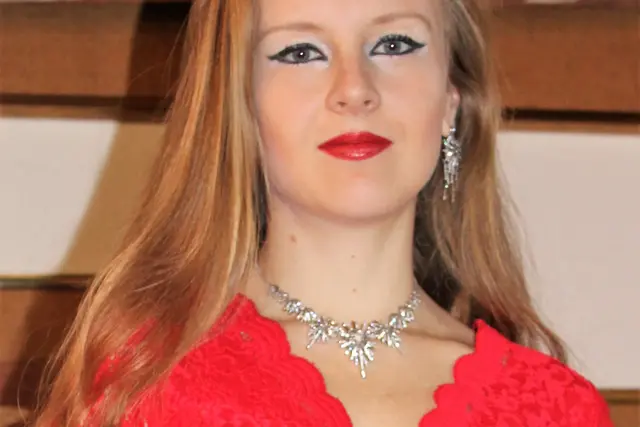Dr. Aura Piccioni, Junior Henriette Herz Fellow

Dr. Aura Piccioni obtained her Doctorate in Classical Archaeology from the Universität Regensburg (2018) and successfully completed her PostDoc-project on the Roman fragments of large statuary from the province of Raetia at the KU Eichstätt-Ingolstadt (2019-2021; grant Fritz Thyssen Stiftung). She is currently honorary research assistant (cultore della materia) in Etruscology, chair of Prof. Gabriele Cifani, at the Università degli Studi di Roma “Tor Vergata” (since 2023) and has just been selected for a position as postdoctoral research assistant (wissenschaftliche Mitarbeiterin) at the Universität Trier. She is author of several papers and of the books Culti domestici in Italia meridionale ed Etruria (Regensburg: Schnell + Steiner, 2020), and Römische Großbronzen am Limes – Fragmente im raetischen Raum (Oxford: BAR Publishing, 2023).
“Dialogues of Peoples, Dialogues of Art: Bronze Statues as Identity Carriers in Sicily/ Völkerdialogen, Kunstdialogen: Bronzestatuen als Identitätsträger in Sizilien”
The main topic of this project is the study of the bronze sculptures as identity carriers, paying special attention to their origin and creation, their context, their perception and their significance in a 'hybrid' and composite society as that of Sicily from the 8th c. BC until the Roman conquer. Continuities and upheavals can be well tracked over a longer period of time, since various cultures lived in close contact and exchange in Sicily, beginning with the indigenous peoples
The mixing of the various ethnic groups led to a sort of “creolization” in art. The focus on bronze statues is due to the fact that the Greek and Roman cultures were highly “visual” and statues were ubiquitous; large figurative bronzes are probably the most sophisticated art products of the various inhabitants of ancient Sicily and come in culturally homogeneous contexts as well as in ‘hybrid’ ones.
Communication via bronze sculptures plays an important role. Through these, the clients expressed their values and showed their prestige in society. Particularly, elites shaped their own concepts with regard to integration practices, dealing with conflict and the exercise of prestige, combined with “cultural codes”, and also expressed them in the choice, preference and positioning of works of art. Therefore, bronze sculptures, or rather their ‘executors’ and ‘consumers’, were subject to social norms and values. Depending on the context, there would have been different recipients. So, clients, artists and viewers entered into a dialogue through the bronze sculptures.
The aim of this study is a detailed introduction to a major project, in order to systematize the sources and provide some preliminary remarks.